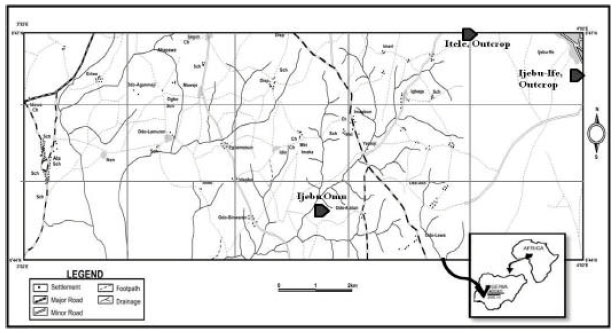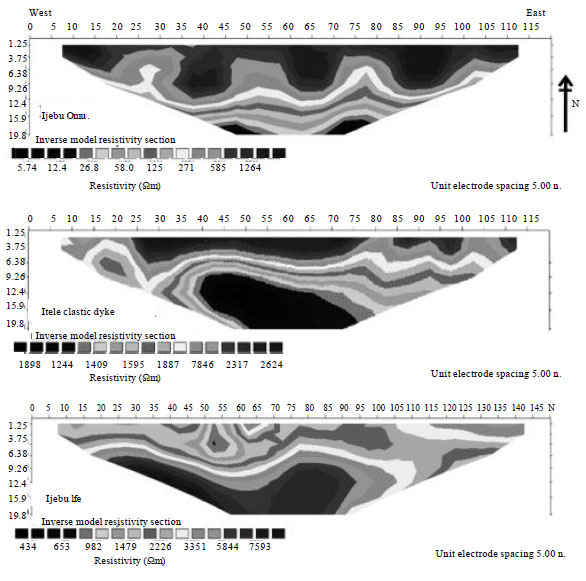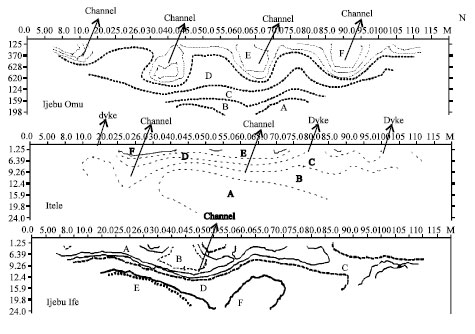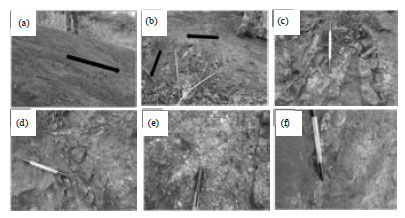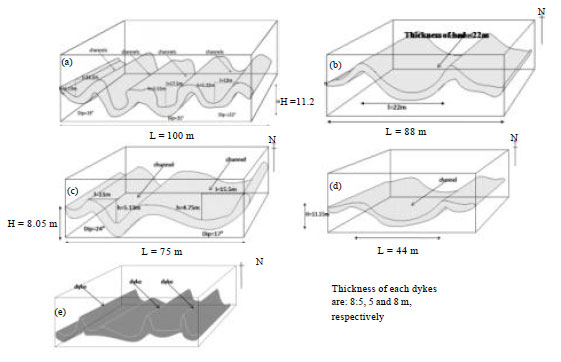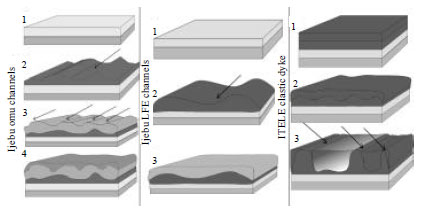Research Article
Electrical Resistivity Imaging (ERI) of Slope Deposits and Structures in Some Parts of Eastern Dahomey Basin
Department of Earth Sciences, Olabisi Onabanjo University, Ago-Iwoye, Nigeria
K.O. Omosanya
Department of Earth Sciences, Olabisi Onabanjo University, Ago-Iwoye, Nigeria
A.A. Akinmosin
Department of Geosciences, University of Lagos, Akoka, Lagos, Nigeria
A.B. Odugbesan
Department of Earth Sciences, Olabisi Onabanjo University, Ago-Iwoye, Nigeria









